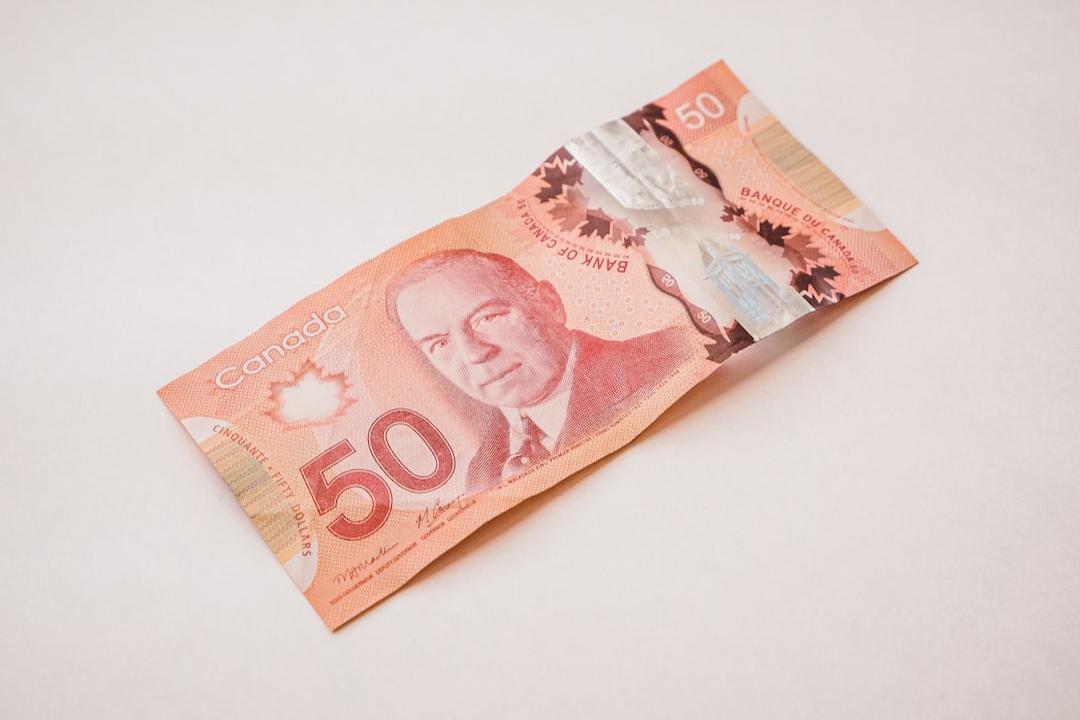USDT has become the largest and most widely adopted stablecoin in terms of market capitalization. This article will provide readers with an overview of the issuance principles, regulatory risks, and unpegging risks of USDT to help readers understand USDT and stablecoins.
Table of Contents
What is a stablecoin?
What is USDT?
Reserves of USDT
Tether’s Q1 2024 Net Profit Reaches a New High of $4.52 Billion
How to buy USDT?
Is USDT a scam?
Unpegging risk of USDT
Regulatory risks of USDT
When entering the cryptocurrency field as a novice, besides mainstream currencies such as Bitcoin and Ethereum, stablecoins are often encountered. Unlike the price volatility of BTC and ETH, stablecoins are usually pegged to the US dollar, have lower volatility, and are available for trading on major exchanges. They are one of the most commonly used tokens.
Currently, the largest stablecoin in the market is USDT issued by Tether (with a market cap of $111 billion at the time of writing). This article will provide readers with an overview of USDT’s issuance principles, reserves, regulations, how to purchase, unpegging risks, and more, to help readers have a comprehensive understanding of USDT.
Imagine that you want to buy Bitcoin now, but the only trading pair available is BTC/ETH. When you want to buy BTC with ETH, you need to constantly pay attention to the fluctuations of these two tokens, which can become very large under extreme circumstances.
Stablecoins were created in the market to facilitate trading and are cryptocurrencies that are usually anchored to a certain fiat currency, such as the widely used US dollar. They aim to maintain a stable price and serve as a bridge between virtual currencies and fiat currencies, reducing the difficulty for users to participate in virtual asset transactions.
Note: There are also stablecoins that are not pegged to fiat currencies or even float, but they will not be discussed in this article.
USDT is a type of stablecoin issued by Tether, with 1 USDT equal to 1 US dollar. To ensure that 1 USDT equals 1 US dollar, Tether needs to hold corresponding US dollar reserves for each USDT issued. These reserves are usually in the form of cash, cash equivalents (such as money market funds or government bonds), etc. According to the latest report for the first quarter of this year, Tether has accumulated excess reserves of $5.4 billion.
According to Tether’s released comprehensive reserve report (CRR) for the first quarter of 2024, the company achieved a record high net profit of $4.52 billion in Q1. Approximately $1 billion of the operating profit comes from holding US government bonds, while the remaining $3.52 billion includes the income calculated based on the market value of the company’s Bitcoin and gold positions.
In addition, since Tether announced that it would invest 15% of its net profit in Bitcoin to diversify stablecoin reserve assets, Tether currently holds 75,354 Bitcoins, worth over $4.5 billion. It is the eighth-largest Bitcoin holder, accounting for 4.87% of the USDT reserves, an increase compared to the previous quarter’s 2.9%.

To purchase USDT, one common method for Taiwanese users, for example, is to deposit New Taiwan Dollars into Taiwanese exchanges and then buy USDT.
Another option is to purchase USDT with a credit card. Most mainstream exchanges or DApps currently provide the option to buy USDT directly with a credit card, but the transaction fees are usually higher.
Finally, OTC trading is also a feasible method, but it usually comes with higher risks, so users need to be cautious.
As one of the most commonly used cryptocurrencies in the market, USDT occasionally faces scams or criminal activities, such as:
– Romance scams
– Investment scams
– Brick arbitrage scams
– P2P scams
However, fundamentally, USDT itself is a cryptocurrency pegged to the US dollar on the blockchain and does not have any significant technological differences from tokens like Bitcoin and Ethereum.
The value behind USDT is supported by the US dollars held by Tether. If the US dollar reserves held by Tether are less than the circulating USDT in the market, it can indeed cause unpegging. However, as mentioned earlier, the company currently has excess reserves of $5.4 billion, and the reserves are low-risk assets such as cash equivalents.
Of course, there are still risks involved. For example, the second-largest stablecoin in the market, USDC, experienced a brief panic unpegging due to having over $3 billion in cash held in a bankrupt Silicon Valley bank.
In previous years, USDT has also experienced unpegging caused by panic market news, but such incidents have become less frequent in recent years.
Recently, the market has been concerned about the possibility of USDT being delisted in certain markets due to the gradual introduction of cryptocurrency policies by regulatory authorities worldwide. For example:
– Marcus Hughes, the global head of regulatory strategy at Kraken, stated in an interview in mid-May that they are actively evaluating whether to withdraw support for USDT under the EU’s cryptocurrency market law “MiCA.”
– In mid-March of this year, one of the top three global exchanges, OKX, took measures to delist most USDT trading pairs, leaving only USDT/EUR and USDT/USDC open. Although OKX did not explicitly state whether this measure was directly related to the upcoming MiCA, some users revealed that OKX mentioned in an email that it was in response to regulatory requirements.
To read more about USDT, please refer to the related reports.
Related Reports
Venezuela Expands the Use of USDT for Oil Payments to Counter US Sanctions
Help Scammers Launder $1.01 Billion with USDT! Ringleader Uses Deceptive Arguments: My Brother Won the Lottery; 14 People Indicted for Special Money Laundering Crimes
Is the End Near for Hong Kong OTC Coin Dealers? Licensing Consultation Ends: Significant Reduction in Tradable Cryptocurrencies, Temporary Suspension of USDT and Other Stablecoins.


